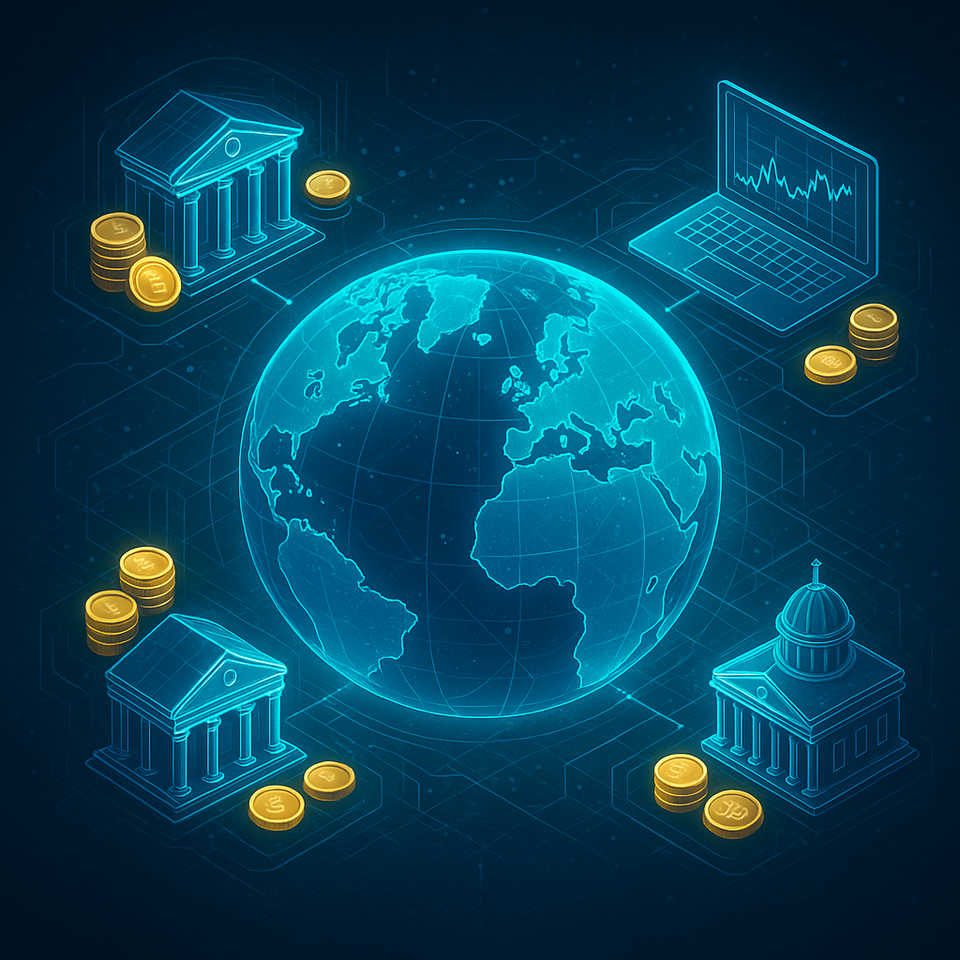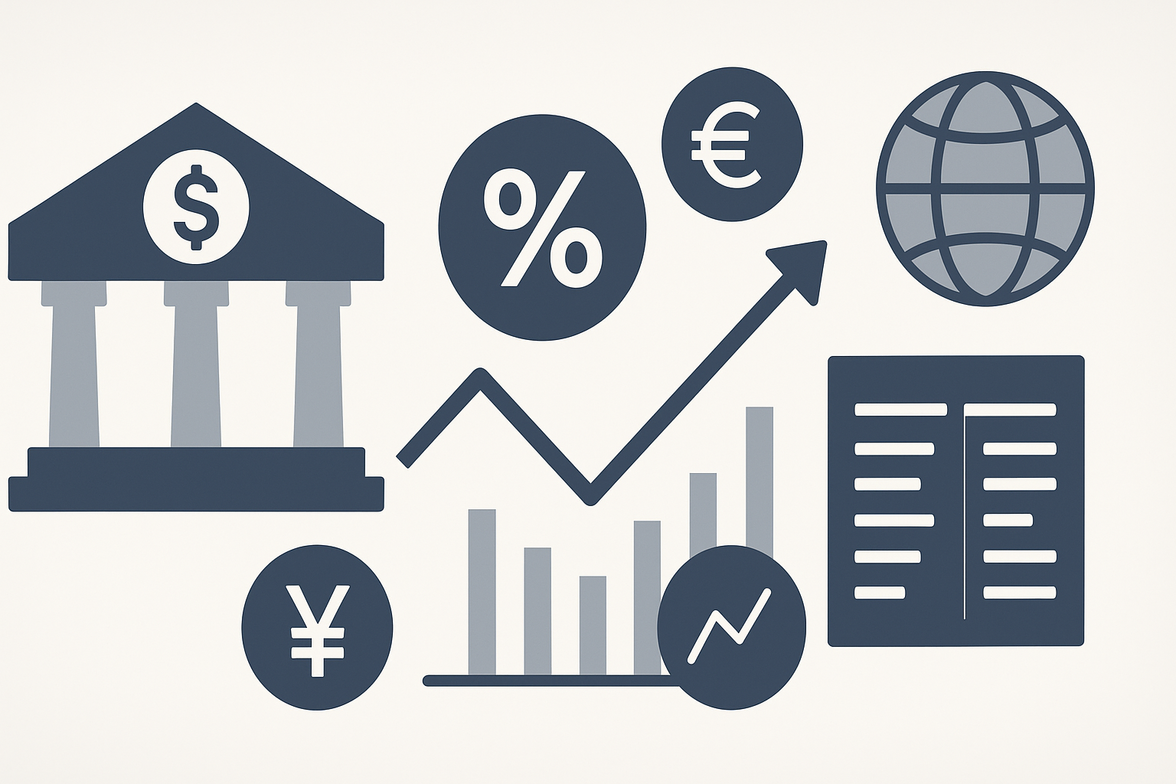
Introduction
Have you noticed that your weekly grocery bill seems to creep up over time? Or that the price of gasoline is higher than you remember? This common experience is the most visible effect of a powerful economic force: inflation. Many people hear the term on the news, but they often misunderstand its true meaning and deep impact on personal finances. Inflation is the rate at which the general level of prices for goods and services rises. Subsequently, the purchasing power of your money falls. In simpler terms, your dollar today will not buy as much as it did yesterday.
Understanding what inflation is and how it works is not just an academic exercise. It is a critical component of sound financial planning. This force quietly erodes the value of your savings. It also affects the returns on your investments and influences interest rates on loans. This guide will provide a comprehensive overview of inflation. We will explore its causes, how economists measure it, its tangible effects on your money, and the concepts you need to protect your financial well-being.
Defining Inflation: More Than Just Rising Prices
At its core, inflation is about the loss of purchasing power. When the overall price level in an economy increases, each unit of currency buys fewer goods and services. It is essential to distinguish this from a price increase in a single product. For instance, if the price of avocados goes up due to a bad harvest, that is a specific market fluctuation, not inflation. Inflation refers to a broad, sustained increase across a wide range of products and services throughout the entire economy.
To make this tangible, imagine a cup of coffee costs $3.00 today. If the annual inflation rate is 3%, you can expect that same cup to cost around $3.09 in a year. While nine cents may seem insignificant, this effect compounds over time. Over a decade, that same coffee could cost over $4.00. Now, apply this logic to everything you buy: housing, food, healthcare, and transportation. This steady erosion of what your money can buy is the true impact of inflation. It acts as a silent tax on cash and savings. This makes it crucial for you to plan how your money will grow at a rate that can keep pace with, or exceed, the rate of inflation.
The Primary Causes of Inflation
Economists generally point to three main forces that can drive inflation in an economy. Understanding these causes helps demystify why prices rise. It also clarifies how governments and central banks might respond to control it.
- Demand-Pull Inflation: This is the most common type of inflation. It occurs when the overall demand for goods and services outstrips the available supply. You can think of it as “too much money chasing too few goods.” This scenario often happens in a growing economy. Employment is high, wages are rising, and consumer confidence is strong. Consumers, businesses, and governments all spend eagerly, competing for a limited supply of products. This competition naturally pushes prices higher.
- Cost-Push Inflation: This type of inflation happens when the costs to produce goods and services rise. Businesses then pass those higher costs on to consumers in the form of higher prices. Several factors can trigger cost-push inflation. An increase in the price of raw materials, like oil or steel, can raise manufacturing and transportation costs. An increase in labor costs not matched by higher productivity can also force businesses to raise prices to protect their profit margins. Supply chain disruptions are another perfect example of a cost-push factor.
- Built-In Inflation: This type is sometimes called the wage-price spiral. It is an adaptive form of inflation driven by expectations. When prices have been rising, workers anticipate they will continue to rise. As a result, they demand higher wages to maintain their standard of living. To cover these higher labor costs, businesses then raise their product prices. This, in turn, leads workers to expect even more inflation, creating a self-perpetuating cycle.
How Inflation is Measured: Understanding the CPI
To effectively track inflation, economists need a reliable way to measure it. The most widely used metric for this purpose is the Consumer Price Index (CPI). The CPI measures the average change over time in the prices paid by urban consumers for a “basket” of consumer goods and services.
This “basket” is a carefully selected collection of items. It represents the typical spending habits of a household and includes hundreds of items across major categories such as food, housing, apparel, and transportation. Government agencies, like the Bureau of Labor Statistics in the U.S., collect price data for these items from thousands of retailers every month. They compare the total cost of this basket from one period to the next to calculate the percentage change. This final percentage is the inflation rate. This figure provides a crucial snapshot of the cost of living. Policymakers, businesses, and individuals use it to make informed economic decisions.
The Widespread Effects of Inflation on Your Finances
Inflation is not just an abstract number; it has direct consequences for your personal financial health. Its impact can be both negative and, in some specific cases, positive. It is vital to understand both sides of the coin.
The Downsides: Erosion of Savings and Fixed Incomes
On the negative side, inflation is most damaging to savers. If you hold your money in cash or in a low-interest savings account, its purchasing power will decrease. For example, if the inflation rate is 3% and your savings account pays 1% interest, you are effectively losing 2% of your money’s value each year. Inflation also hurts individuals on fixed incomes, such as retirees. If their pension or retirement income does not increase with inflation, their ability to afford goods and services diminishes with each passing year.
An Unexpected Benefit: The Case of Fixed-Rate Debt
However, inflation can sometimes benefit certain individuals. It is particularly advantageous for borrowers with fixed-rate debt. If you have a 30-year fixed-rate mortgage, your monthly payment remains the same for the entire loan term. As inflation rises over the years, the value of the dollar decreases. This means you are repaying the loan with money that is worth less than when you originally borrowed it. This dynamic makes the real cost of your debt cheaper over time and is a key reason why a fixed-rate mortgage can be a powerful financial tool.
Strategies to Protect Your Finances from Inflation
You cannot control the national inflation rate, but you can implement strategies to mitigate its impact on your financial plan. The goal is to ensure your assets grow at a rate that outpaces the loss of purchasing power. This section discusses fundamental financial concepts, not specific investment advice.
One well-known concept is investing in real assets. These are tangible assets that have intrinsic value, such as real estate and commodities like gold. Historically, the value of these assets has often increased during inflationary periods. Another area to understand is equities, or stocks. Companies that can successfully pass rising costs on to their customers can often perform well during inflationary times. Owning shares in these businesses can therefore serve as a potential hedge.
Governments also offer specific financial instruments designed to combat inflation. In the U.S., these are called Treasury Inflation-Protected Securities (TIPS). The principal value of a TIPS bond increases with inflation, as measured by the CPI. This feature means that both the principal you get back at maturity and the interest payments you receive are adjusted for inflation. This design helps preserve your purchasing power. Understanding these different asset classes is a crucial step in building a resilient, long-term financial strategy.
Conclusion
Inflation is an inescapable economic reality. It shapes the financial lives of individuals and nations alike. It is the invisible force that makes your money worth less over time, impacting everything from your daily budget to your retirement goals. By understanding its core definition and its primary causes, you can demystify the headlines and grasp the mechanics behind rising prices. Recognizing how economists measure inflation provides a clear benchmark for its impact.
While it erodes the value of cash savings, it can also lighten the real burden of fixed-rate debt. The key takeaway is that awareness is power. Acknowledging the effects of inflation is the first and most critical step toward creating a robust financial plan. By focusing on strategies that allow your assets to grow and outpace this silent erosion, you can work to secure your financial future and ensure your wealth is preserved for years to come.



